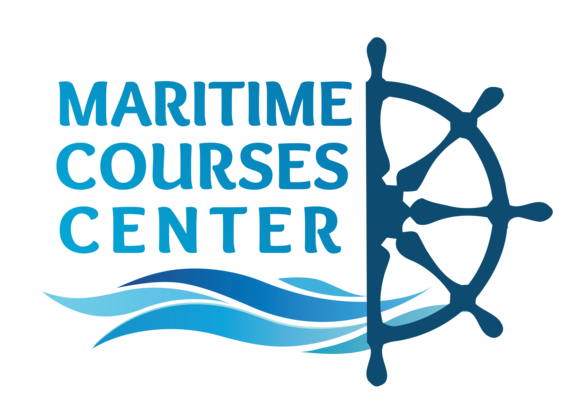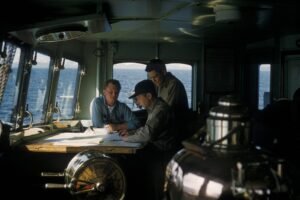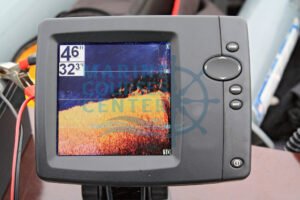
Speed and Distance Log Device: Navigating with Precision and Accuracy
Enhancing Navigation Accuracy with Speed and Distance Log Devices
Table of Contents
Introduction Speed and Distance Log Device
In the dynamic realm of maritime navigation, accuracy is of paramount importance. Navigators require reliable tools that provide real-time information about their vessel’s speed and distance traveled. This is where Speed and Distance Log Devices come into play. These technological marvels offer accurate measurements, enabling mariners to navigate with confidence and make informed decisions. This article delves into the functionalities, benefits, and significance of Speed and Distance Log Devices in modern maritime navigation.
Speed and Distance Log Device: A Closer Look
Speed and Distance Log Devices are sophisticated instruments designed to measure a vessel’s speed and the distance it has covered through the water. These devices utilize various sensors and advanced algorithms to provide accurate and real-time data, allowing navigators to maintain a precise understanding of their vessel’s movement.
The Role of Speed and Distance Log Devices
In the context of maritime navigation, Speed and Distance Log Devices play a crucial role in:
- Navigation Accuracy: By offering real-time speed and distance measurements, these devices ensure that navigators have a clear and accurate picture of their vessel’s position at all times.
- Collision Avoidance: Accurate speed and distance data are essential for predicting vessel trajectories and potential collision courses, enabling timely evasive actions.
- Fuel Efficiency: Precise measurements allow mariners to optimize their vessel’s speed and course, reducing fuel consumption and operating costs.
The Evolution of Speed and Distance Log Devices
The evolution of maritime technology has significantly influenced the design and capabilities of Speed and Distance Log Devices. From traditional mechanical logs to modern electronic systems, these devices have undergone a remarkable transformation. Electronic log devices now integrate GPS technology, providing even more accurate measurements and a broader range of data for navigational purposes.
Benefits of Using Speed and Distance Log Devices
- Accuracy: Speed and Distance Log Devices offer unparalleled accuracy in measuring a vessel’s speed and distance traveled through the water.
- Real-time Data: Navigators have access to real-time data, allowing for immediate adjustments to course and speed.
- Safety: Accurate measurements contribute to safer navigation by aiding in collision avoidance and precise maneuvering.
- Efficiency: By optimizing speed and course, mariners can achieve greater fuel efficiency and reduce environmental impact.
How Speed and Distance Log Devices Operate
Speed and Distance Log Devices employ a combination of sensors, including paddlewheels, electromagnetic sensors, and GPS receivers. These sensors capture data related to the vessel’s speed and movement, which is then processed and displayed on the device’s interface.
Utilizing Speed and Distance Log Devices: Best Practices
To maximize the benefits of Speed and Distance Log Devices, mariners should consider the following best practices:
- Regular Calibration: Calibrate the device according to manufacturer guidelines to ensure accurate measurements.
- Integration: Integrate the device with other navigation systems for comprehensive data analysis.
- Training: Ensure navigational personnel are trained to interpret and utilize the data provided by the device effectively.
FAQs about Speed and Distance Log Devices
Q: Can Speed and Distance Log Devices work in different water conditions?
A: Yes, these devices are designed to operate effectively in various water conditions, providing accurate measurements regardless of sea state.
Q: Are Speed and Distance Log Devices suitable for all types of vessels?
A: Yes, Speed and Distance Log Devices can be installed on a wide range of vessels, from small boats to large cargo ships.
Q: How often should Speed and Distance Log Devices be calibrated?
A: Calibration frequency varies by device and manufacturer. Regular calibration is essential to maintain accuracy.
Q: Can these devices be integrated with other navigation equipment?
A: Yes, many modern Speed and Distance Log Devices can be integrated with GPS systems and other navigation equipment to provide comprehensive data analysis.
Q: Are these devices prone to malfunctioning due to water exposure?
A: Quality Speed and Distance Log Devices are designed to be water-resistant or waterproof, minimizing the risk of malfunction due to exposure to water.
Q: Are there regulations mandating the use of Speed and Distance Log Devices?
A: Depending on the vessel’s size and the waters it operates in, there may be regulations requiring the use of accurate speed and distance measurement devices.
Conclusion
Speed and Distance Log Devices stand as vital components of modern maritime navigation, ensuring accuracy, safety, and efficiency on the high seas. By offering real-time measurements and enabling accurate course adjustments, these devices empower navigators to make informed decisions and navigate with precision. As maritime technology continues to advance, Speed and Distance Log Devices will remain integral to the quest for enhanced navigation, safer journeys, and a more sustainable maritime industry.
if you want to find ship position join marine traffic website



